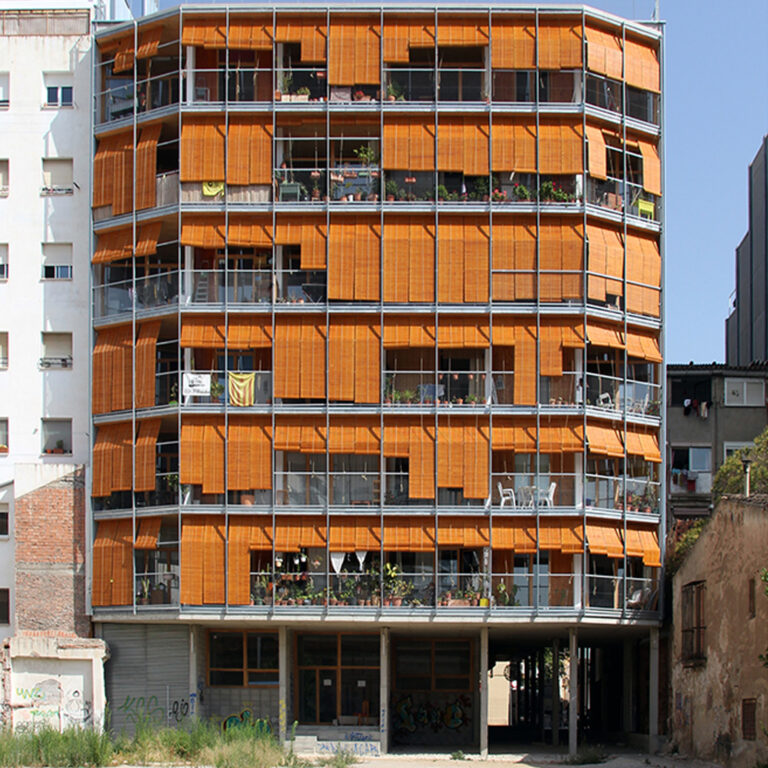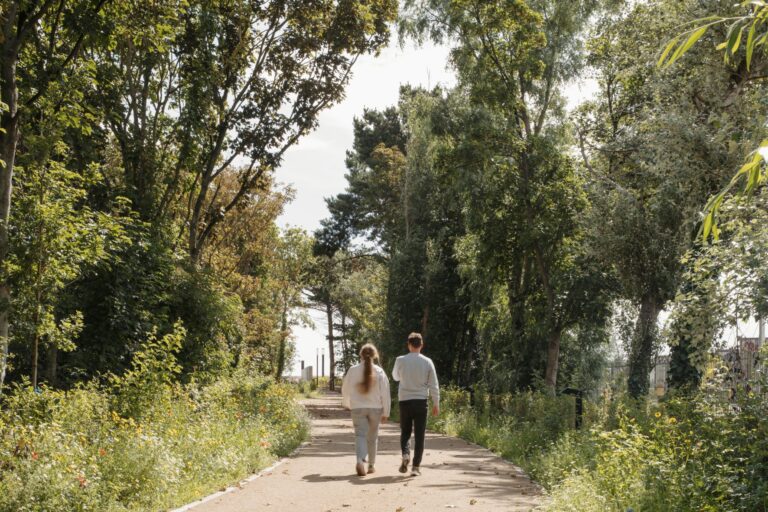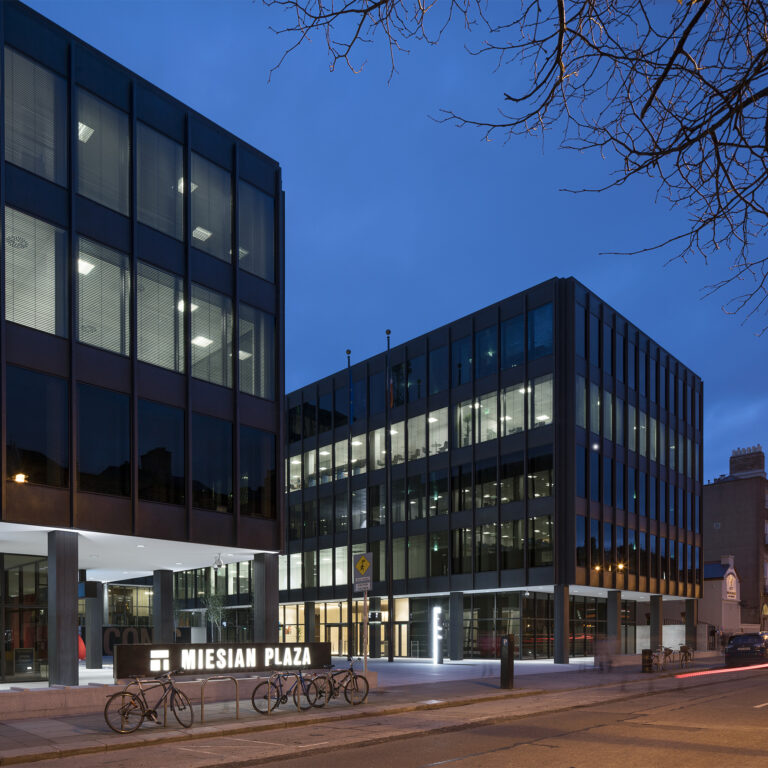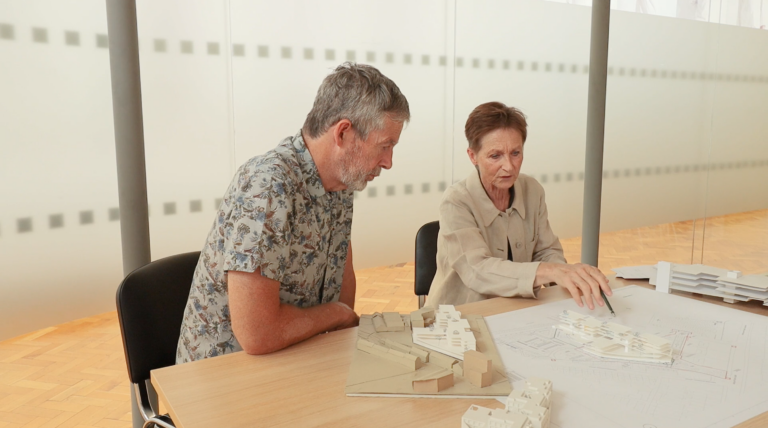Journal •
For Our Simms
Surely some revelation is at hand. Some unseen motive, thought or hidden care waiting in the wings for its revelatory moment. Or perhaps things have finally fallen apart in the Council, and the centre is no longer holding. Lacking all conviction, the worst are now exercising their passionate intensity.
The gouged clawing tracks led right to it. As if Yeats’ imagined beast had been rocked from its stony sleep, loosed, and set on a course. Splitting the earth as it went. Its hour come at last, and as darkness dropped it slouched towards its target, stirring shadows from indignant dune birds as it went. What was it that vexed this nightmare into action? Was it that this final trace of a socially conscious era of public infrastructure needed erasure? A history levelled being sooner forgotten.
At 2am on the 12th of July a bulldozer rolled down the causeway road from Raheny onto the Bull Island. Driving the length of the protected natural habitat, it ripped and tore through the dunes on its way to demolish a historical and architecturally significant monument. A 1930s Herbert Simms lifeguard shelter its target.

This beautiful structure was one of the key elements of the Bull Island and Clontarf Promenade designed by legendary Dublin City housing architect Herbert Simms in 1934. The iconic concrete curved, and cantilevered roofs are indelibly tied to the public fabric and identity of Clontarf. They are both a glimpse into an optimistic past as well as a reminder of socially minded governmental and civic ideals. In her illuminating 2016 book More than concrete blocks, Vol.1, Ellen Rowley writes, “In general, the shelters’ presence, along with the earlier baths in Clontarf, points to the contemporary interest in the suburban coastline as a public amenity from 1930s onwards, an aspect of Dublin’s urban history that has been overlooked.”
Without engaging the narrative of deflection, wilful ignorance, and misinformation that followed this act of vandalism, it is important to question who decides when anti-social behaviour is reason enough from demolition, how this is measured, who must be consulted, and at what cost these losses be carried environmentally, socially and culturally.
Although the dunes have crept on and the shelter lay beyond its original purpose, if this thoughtless attitude towards our built heritage continues, if all our monuments can be crushed and ground, perhaps the council may finally see the culture they are sworn to protect, nowhere to be found.
The sad sight of the heaped concrete brings Percy Shelley’s famous poem ‘Ozymandias’ to mind. Engaging with the fall or ‘shattered visage’ of the once-great Egyptian empire, its resulting ironic epitaph ends:
Look on my Works, ye Mighty, and despair!
Nothing beside remains. Round the decay
Of that colossal Wreck, boundless and bare
The lone and level sands stretch far away.

Contributor Alex Curtis.
Photography by Alex Curtis.







